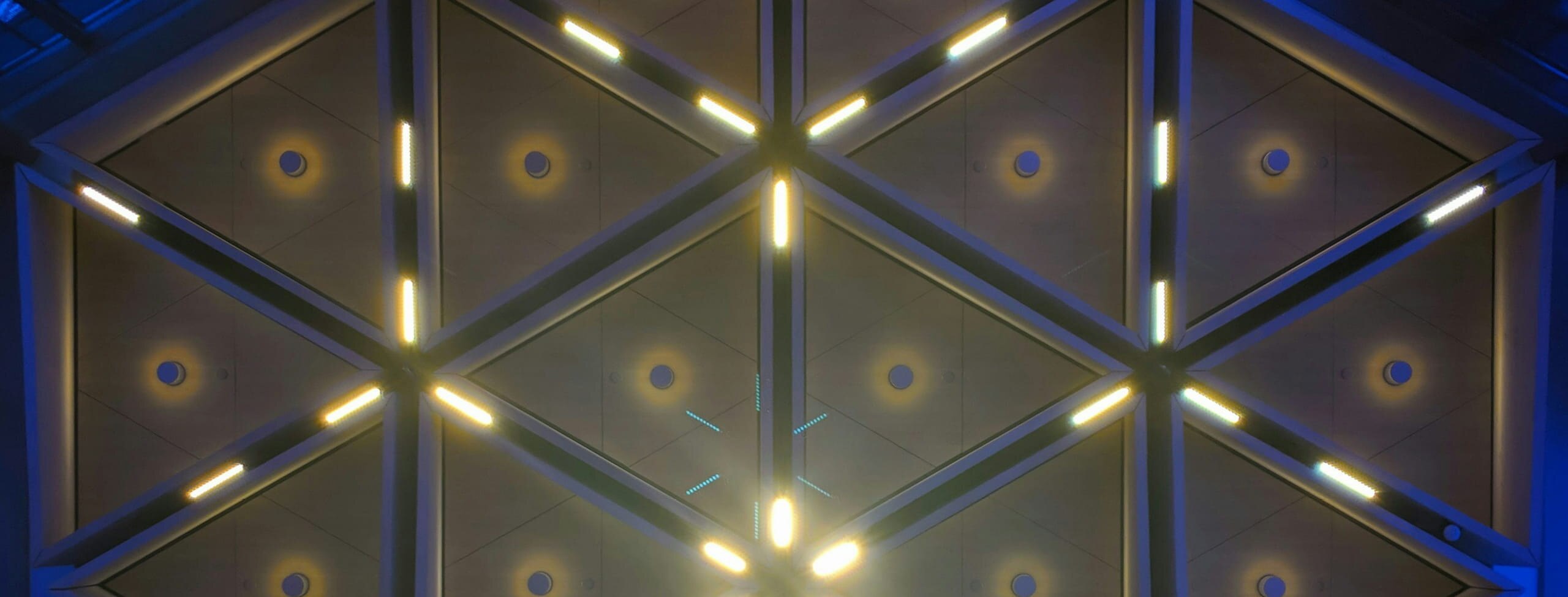Institutional Investor Newsletter
4 developments to read about in less than 4 minutesThe secondaries market continues to serve as a key transactional tool
Secondary transactions remained at the forefront in calendar year 2023 with total market volume exceeding $113 billion.[1] This level of participation is exceeded only by records set in 2021. Transactions led by limited partners (LPs) composed much of the robust market participation last year as institutional investors continue to use secondary transactions to generate liquidity and align their portfolios.
Secondary transactions continue to help LPs overcome an unstable financial landscape
As exit opportunities in traditional M&A channels remained elusive, secondary transactions afforded LPs, on average, the ability to recognize 85 percent of net asset value (NAV) on interests sold in 2023 – reflecting meaningful pricing improvements to buyout and infrastructure interests despite continued pricing challenges for venture and real estate assets. 2024 LP-led transactions may exceed those in 2023 given the size and volume of transactions in progress and the record amount of secondary dry powder that remains available.
Sponsors may continue facing a competitive fundraising environment
Going forward, many sponsors may utilize a secondary solution as a means to anchor new funds and reach new sources of capital. There may be an increase in the overall number and size of GP-led transactions as single-asset transactions, particularly as the buyout and infrastructure asset classes continue to price well. With upward pricing corrections occurring for many other asset classes at the end of 2023, and with interest rates remaining high, new momentum may arise for sponsors looking to bring transactions to market in 2024.
NAV lending and preferred equity at historic highs
In an attempt to support existing investments and return capital to investors, many sponsors in 2023 looked to innovative liquidity and capital-raising solutions in the form of net asset lending and preferred equity. These options will likely remain attractive to sponsors as they often expand capacity while creating new investment relationships and providing upside exposure. When used responsibly, such tools allow a sponsor to utilize more capital, with the potential to significantly increase returns to investors.
[1] All statistics cited herein are derived from the Jefferies Global Market Review January 2024, the Evercore Private Capital Advisory FY2023 Secondary Market Survey Results, and the PJT Park Hill FY 2023 Investor Roadmap.



